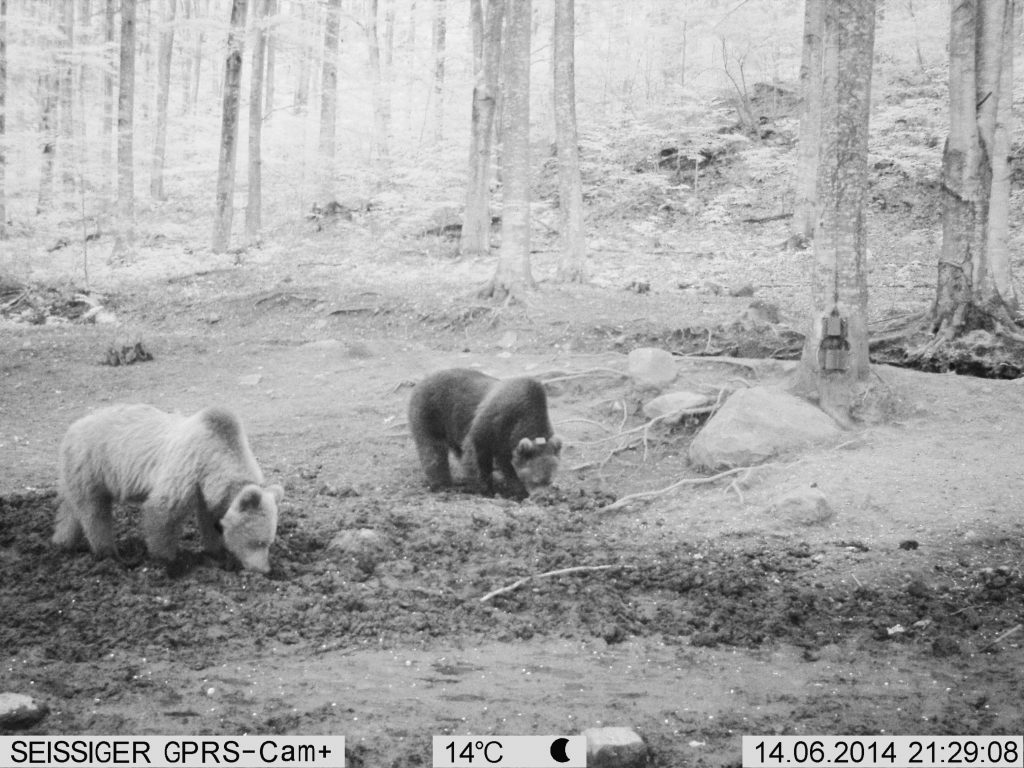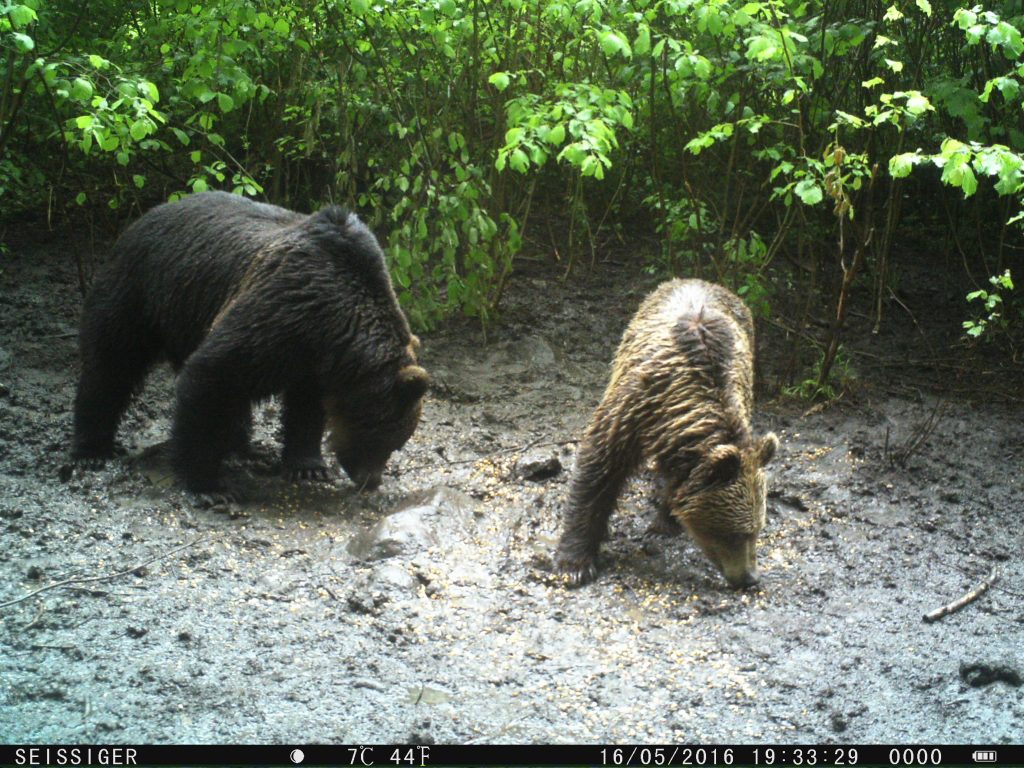“Bear Facts” is a mini-series of short movie clips on brown bear biology and ecology, essentially addressing the conservation and management of the species. Through the series, Milvus Group aims to spread correct and factual information about bears to try to counterbalance the omnipresent negative reports and frequent misinformation in the Hungarian and Romanian mass media. The post was sent by Csaba Domokos, brown bear program manager at Milvus Group – Bird and Nature Protection Association. The first part of the mini-series reveals facts about denning, the second part about bear cubs.
Brown bears live long and reach sexual maturity late. They are polygamous, both males and females try to mate with several partners during the mating season. Receptive females may be followed by several males, resulting in fights between males. Successful copulation depends on the ability of the male to protect the female from competitors, thus dominant males have much better chances to sire a litter. Males aim to pass on their genes through as many females as possible, while females try to mate with several males to reduce the chances of infanticide – the killing of new cubs by adult males. Certain studies suggest that males don’t kill the cubs of females they have mated with in the previous year, probably recognizing the females.

Males usually reach sexual maturity before females, but most likely can effectively sire a litter only later on, after achieving a certain hierarchical status.
Breeding occurs from mid-May to early July. Successful copulation may take 1-60 minutes.
Females usually first give birth at the age of 5, or later. Two to four years can pass between consecutive births. Two females monitored through GPS collars by the Milvus Group mated with males when their cubs were 16 months old, suggesting quite a short (2-year-long) inter-birth interval for the local population. Females breed throughout their lifespan.

For bears, shortly after fertilization, an embryo’s development stops and they remain free in the uterus, rather than implanting. This dormant stage continues for up to five months, until the female enters winter hibernation. The active gestation period starts in November-December, and lasts for only six to eight weeks. The cubs are usually born in January. They are small (weighing approx. 0.5 kg), helpless, sightless and totally dependent on their mother. It is quite common that cubs from the same litter originate from different males.